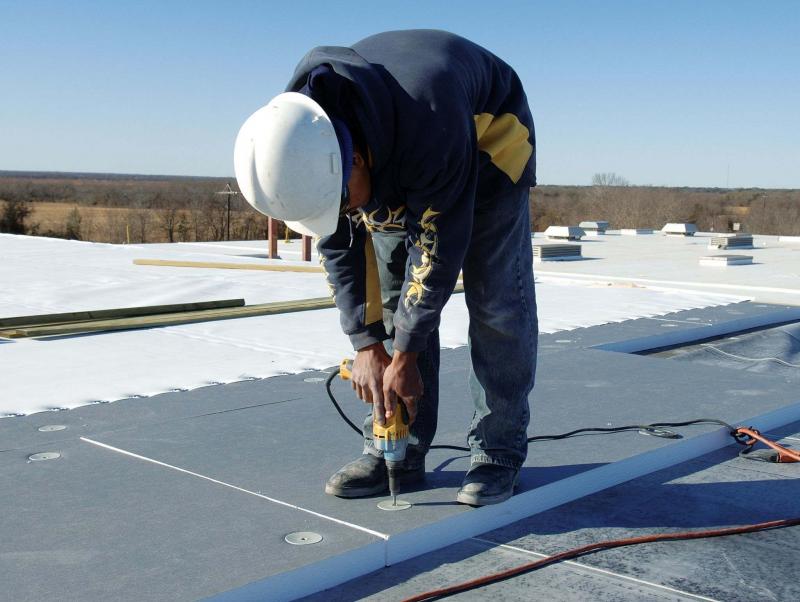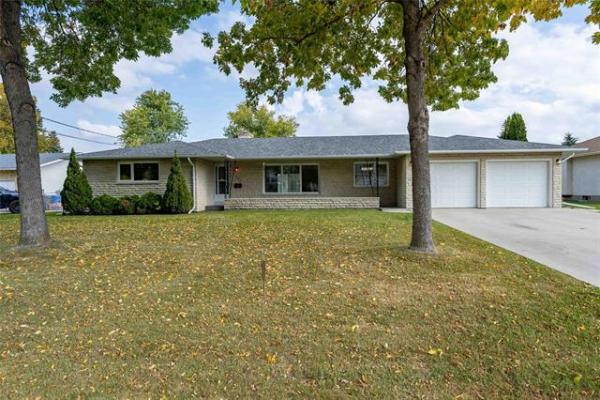Question: I wonder if you could clarify the issue I have in regards to rim-joist insulation. I have a home built around 1979 which has its joists partially embedded in concrete. The joist ends and concrete are not insulated on the inside, but the walls below are framed and insulated.
The space above the concrete, between the joists, has had fibreglass insulation stuffed loosely into it. It does not have a vapour barrier.
I’m reading some material that indicates the fibreglass should not be in place and only the top of the concrete and outside wall at the end of the joists should be insulated and sealed, with the cavity left open, so floors above are not cold. We have not noticed an issue with cold floors around the perimeter of the home.
I would like to further insulate these areas, if possible, but am concerned with whether or not that may create a condensation problem at the end of the joists.
Given my recent reading on the subject, I’m also concerned there might be a potential condensation or rot problem already.
My research also leads me to believe the only way to properly insulate this area is from the outside.
I would appreciate your comments on this.
Thank you,
— Dave Moore
Answer: Insulating the area in question is always an area of concern, and one where you have undoubtedly found several opinions online about the proper procedure. Keep in mind that information from the internet comes from sources in all types of areas and climates, most of which are nothing like your own. I will provide my suggestions, as well as some cautions, that should be applicable to most older Canadian homes.
In different regions in Canada, there are variations in construction methods or techniques, primarily in small specific systems, like the one you have identified. In Manitoba, we are somewhat unique in having the ends of the floor joists and beams in most of our older homes partially embedded in the top of the foundation wall. In many of these, there is no actual "rim joist." That is because the concrete acts to permanently space the joists and hold them in place at the bottom, while the floor sheathing keeps the top of the joists secure. Because of this, the exterior wall sheathing may be the only thing in place, other than the concrete forming the top of the foundation walls. Even if a true rim joist is installed, it is still in need of proper insulation.
The idea of insulating the foundation walls and the rim joist on the floor system from the outside is not new, but has only been in common practice in a few local areas. The difficulty with that method is the added thickness of the rigid insulation has to be taken into consideration in the initial house plans.
This is important because adding a layer of insulation outside the foundation will require the walls of the home to partially sit over top of this insulation, unless they also have a corresponding layer of exterior insulation.
This may not seem that important, but it is critical to have these materials overlapping for proper drainage of moisture down the house walls. Insulation sticking out from the foundation beyond the walls above can trap moisture running down the siding, potentially allowing foundation leakage and moisture damage. A large cap flashing may be a partial solution, but again that would have to be planned and installed behind the siding to prevent a soaking wet foundation wall.
That is why caution must be taken when reading advice that may not be applicable to your current home and region, particularly in a retrofit situation. So, ignore any information about exterior foundation insulation, as that may be an excellent idea if you were building a new home, but will not be practical in your situation. A better option would be to install better insulation, with a better air/vapour rating.
Improving on this will not make your floor above colder, as it will prevent cold air infiltration, which can actually make the area warmer. Also, proper air sealing will prevent warm air intrusion from the heated indoor environment, minimizing the chance of rot and moisture damage to the floor joists and sheathing.
There are two common methods for achieving better sealed insulation in these small pockets between the floor joists. First, pull out and discard the old fibreglass batts stuffed in the cavities. Once the areas are cleaned out, you can decide whether you want to tackle the job yourself, with extruded polystyrene (XPS) insulation or hire professionals. If you choose the DIY approach, go to the building supply store and purchase several sheets of XPS foam insulation. Cut each piece into small sections that will fit the width between the floor joists, with the height enough to fill the pockets vertically. You may want to force two or three layers of foam board in each section, to achieve the desired insulation level, depending on the thickness of sheathing you buy. These can be secured together using special adhesive designed for foam insulation, and caulked around the edges to achieve a good air seal. Once complete, there should be minimal ways for warm air to leak into these areas, while preventing cold air infiltration and thermal bridging occurring from the exterior and the foundation.
The other method is to hire professionals to blow in high density polyurethane foam in all the joist cavities. The benefit of this method is that coverage is more complete with all areas very well sealed. A maximum of three inches is normally the most that can be applied at one time, but that should be sufficient coverage for most homes.
The downside to this method are the higher cost and having to leave the home for a minimum of 24 hours, due to the toxicity of the foam when it is initially installed.
Ensuring that you are properly re-insulating and sealing the areas between the ends of your floor joists should only require one simple piece of advice. Use high-density foam insulation, either blown in by professionals or sheathing precision fit and caulked all around by you to prevent future issues with cold or moisture related issues.
Ari Marantz is the owner of Trained Eye Home Inspection Ltd. and the past president of the Canadian Association of Home & Property Inspectors — Manitoba (cahpi.mb.ca). Questions can be emailed to the address below. Ari can be reached at 204-291-5358 or check out his website at trainedeye.ca.
trainedeye@iname.com




